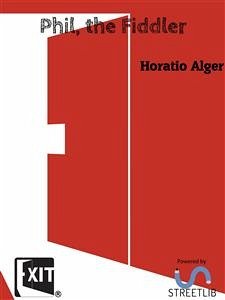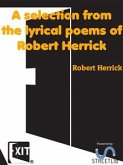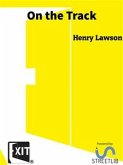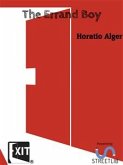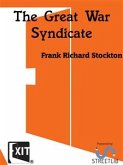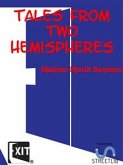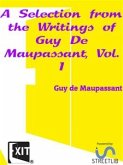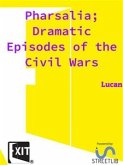PREFACE
Among the most interesting and picturesque classes of street children in New York are the young Italian musicians, who wander about our streets with harps, violins, or tambourines, playing wherever they can secure an audience. They become Americanized less easily than children of other nationalities, and both in dress and outward appearance retain their foreign look, while few, even after several years' residence, acquire even a passable knowledge of the English language.
In undertaking, therefore, to describe this phase of street life, I found, at the outset, unusual difficulty on account of my inadequate information. But I was fortunate enough to make the acquaintance of two prominent Italian gentlemen, long resident in New York—Mr. A. E. Cerqua, superintendent of the Italian school at the Five Points, and through his introduction, of Mr. G. F. Secchi de Casale, editor of the well-known Eco d'Italia—from whom I obtained full and trustworthy information. A series of articles contributed by Mr. De Casale to his paper, on the Italian street children, in whom he has long felt a patriotic and sympathetic interest, I have found of great service, and I freely acknowledge that, but for the information thus acquired, I should have been unable to write the present volume.
Among the most interesting and picturesque classes of street children in New York are the young Italian musicians, who wander about our streets with harps, violins, or tambourines, playing wherever they can secure an audience. They become Americanized less easily than children of other nationalities, and both in dress and outward appearance retain their foreign look, while few, even after several years' residence, acquire even a passable knowledge of the English language.
In undertaking, therefore, to describe this phase of street life, I found, at the outset, unusual difficulty on account of my inadequate information. But I was fortunate enough to make the acquaintance of two prominent Italian gentlemen, long resident in New York—Mr. A. E. Cerqua, superintendent of the Italian school at the Five Points, and through his introduction, of Mr. G. F. Secchi de Casale, editor of the well-known Eco d'Italia—from whom I obtained full and trustworthy information. A series of articles contributed by Mr. De Casale to his paper, on the Italian street children, in whom he has long felt a patriotic and sympathetic interest, I have found of great service, and I freely acknowledge that, but for the information thus acquired, I should have been unable to write the present volume.

